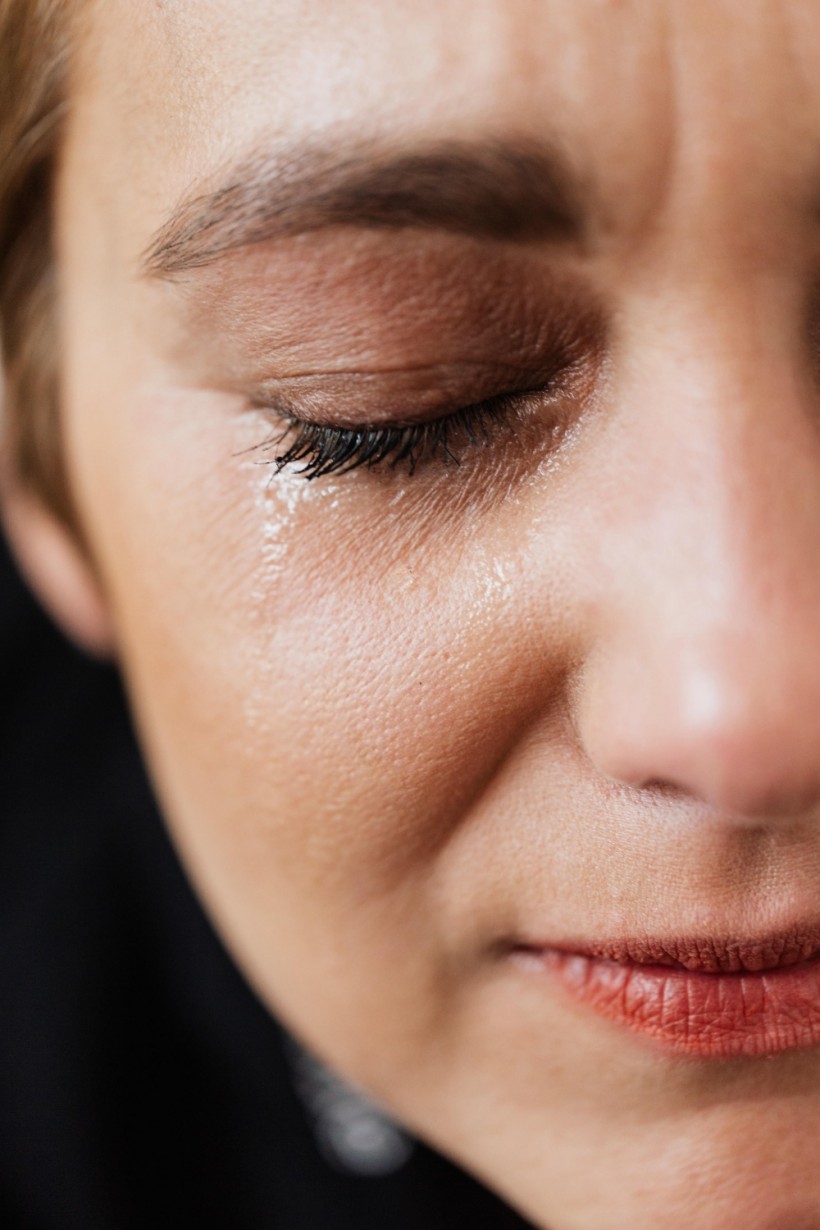Mental health issues may impact everyone; they affect individuals of all ages, ethnicities, genders, and socioeconomic backgrounds. Nobody is immune. Nonetheless, women report greater mental health issues than males, and this is not because women are more comfortable speaking out or seeking assistance. The cause of the gender gap is a mix of biological, social, and psychological variables.
Women Are Far More Worried Than Men
Fear, tension, and getting easily angry and concerned are the signs of an anxiety condition.
Anxiety disorders include generalized anxiety disorder (GAD), panic disorder (PD), phobias, obsessive-compulsive disorder (OCD), and post-traumatic stress disorder (PTSD). Although anxiety is a common mental health issue, a diagnosis of an anxiety disorder is found in women at a rate that is two times higher than that of men.
According to a well-known rehab center for women, "women may suffer anxiety owing to changes in their hormone levels." "Progesterone and estrogen levels rise during pregnancy, which may raise the risk of developing obsessive-compulsive disorder (OCD), a severe and debilitating anxiety disorder."
There is no correlation between women's stress levels or hormone levels and the gender gap. Women are more likely than men to be subjected to physical or mental abuse, and PTSD is a common consequence of abuse.
Women Are More Likely Than Men to Experience PTSD
Anxiety caused by a stressful incident is known as post-traumatic stress disorder (PTSD). Some symptoms include feeling guilty, alone, furious, having trouble sleeping, and having difficulty concentrating.
The gender gap in PTSD may be because women are more likely to experience certain types of traumas than men. One in three women has experienced intimate partner violence, whether sexual, physical, or stalking.
The criteria for diagnosing PTSD often center on the internalizing symptoms women experience in the aftermath of a traumatic event. Internal symptoms include fearfulness, anxiety, sadness, and disengagement from social activities. Overactivity, poor impulse control, disobedience, and violent behavior are all examples of external signs of ADHD.
According to the US Department of Health and Human Services, males are detected a year after symptoms begin, but women require four years. Women with untreated PTSD may have worsening symptoms and develop comorbid disorders.
Women Are More Vulnerable to Depression
No one is immune to the effects of depression. It may strike women and men at any age when they least expect it, and how each person reacts to it is unique to them.
Even though everyone may be affected by depression, research indicates that the condition is more prevalent in females than in males. Women are more likely to experience feelings of melancholy than men.
Changes in estrogen levels, which can happen during menstruation, pregnancy, and the end of menopause, can cause depression. According to a study, women are more prone than males to internalize bad events and feel guilty or humiliated even when they are not at fault, which frequently leads to retreat, loneliness, and melancholy. Conversely, men tend to act more aggressively and impulsively because they appear to focus more on the outside world.
The way women are raised and expected to behave might lead to depression. Some reasons include being taught not to express anger or aggression, feeling the need to be "little" or not take up too much space, a lack of help with childcare or home tasks, and professional prejudice.
Women with ADHD Are Underdiagnosed
ADHD is a neurobehavioral condition characterized by inattention and/or hyperactivity/impulsivity. During their lives, 13% of males will be diagnosed with ADHD, compared to 4.2% of women. This is not because males have more ADHD than women; rather, these figures reflect the fact that many women get misdiagnosed.
Women with ADHD report higher worry, anguish, and depression symptoms than men, as well as a sense of being powerless over what is going on in their lives. Because of these signs, a person may be mistakenly or correctly labeled as sad, and their ADHD may be ignored.
Conclusion
For women with ADHD who were not diagnosed as children, the typical age of diagnosis is 36 to 38 years old. Before that, girls and women were often misdiagnosed with depression or anxiety disorders.
Without a proper diagnosis and treatment plan, women can't deal with their symptoms and lose the chance to improve their quality of life.
This is why it is important to address women's mental health. And it all begins with all of us. By participating in mental health dialogues, you may help women better understand their mental health and seek the treatment they may need. Gender inequalities in mental health can no longer be ignored and contribute to the growth of the social gender gap.
* This is a contributed article and this content does not necessarily represent the views of sciencetimes.com















